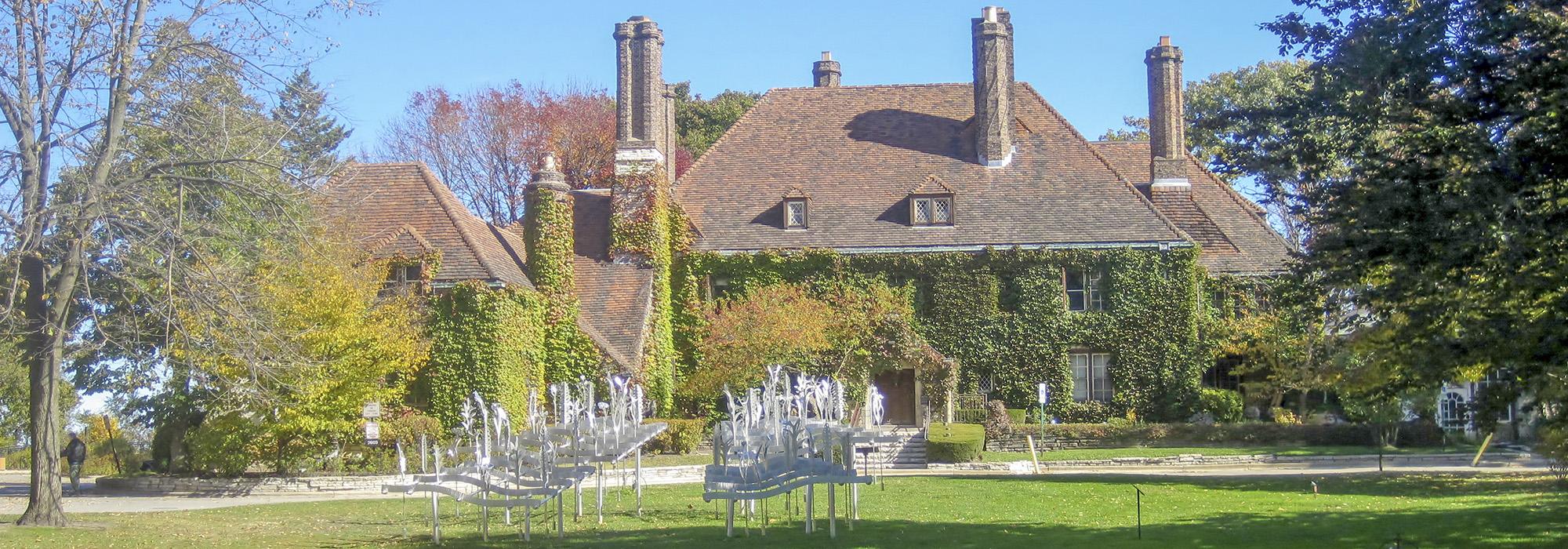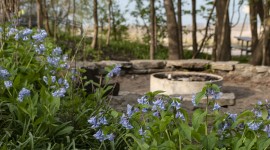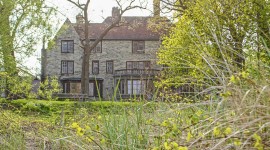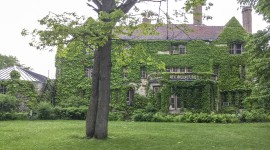SAVED: Harley Clarke House and Garden
At a public meeting on December 10, 2018, the City Council of Evanston, Illinois, voted to abandon plans to demolish the Harley Clarke House and Garden, a city-owned Evanston Landmark on the shore of Lake Michigan. The council’s unanimous (9-0) decision came in the wake of an outpouring of public support for the historic property, expressed most emphatically on November 6, when more than 80 percent of Evanston voters approved a non-binding advisory referendum to preserve the site—an initiative led by the group Save Harley Clarke, which had gathered more than 3,300 signatures to place the question on the ballot. The mansion was built in the English Tudor style by Chicago architect Richard Powers in 1927 as a private residence for Harley Lyman Clarke, and the grounds were designed by the renowned Prairie-style landscape architects Jens Jensen and Alfred Caldwell.
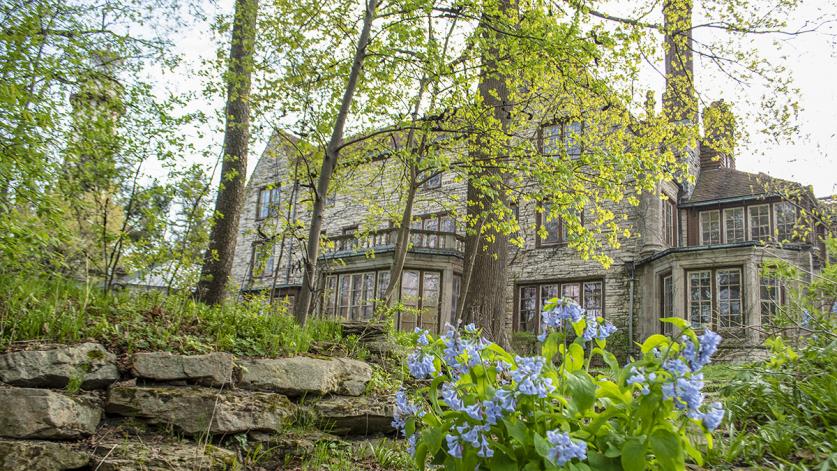
TCLF enrolled the Harley Clarke House and Garden in its Landslide program in July 2018, after the City Council rejected a community-backed plan to save the landmarked property—at no expense to taxpayers. Eighth Ward Alderman Ann Rainey then asked the council to consider a proposal from Evanston Lighthouse Dunes, a group of private citizens offering to pay for the demolition of the mansion. Citing strained city coffers, on June 18 the council approved a resolution authorizing the city manager to meet with the group. Aldermen voted to move forward with the demolition on July 23.
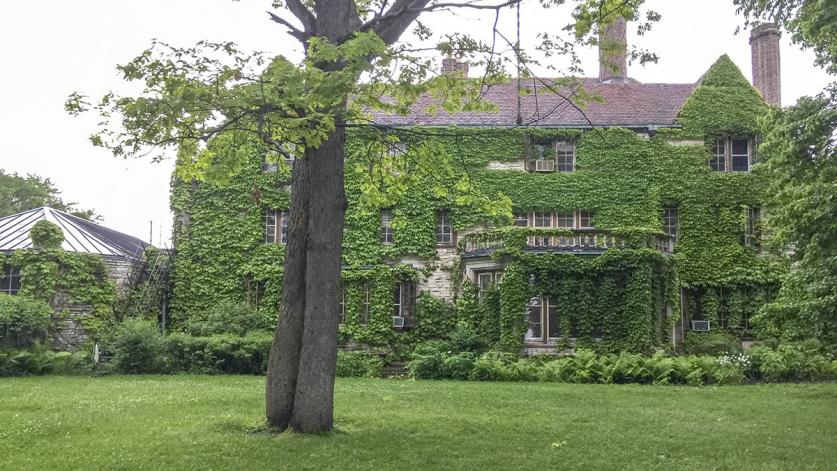
The Harley Clarke house has been vacant since 2015, when the Evanston Arts Center’s lease on the property expired. The house is among the last grand residences built in Evanston before the debilitating stock market crash of 1929, its ownership passing to the City of Evanston in 1965. A physical assessment of the house, undertaken in 2016 at the request of Landmarks Illinois, found that the mansion remains structurally sound. And while many of the original plantings in the Jensen-Caldwell design has been replaced over time, the overall plan for the landscape is still legible; a clearing with council ring, a hemlock-shaded grotto, and stone terraces and paths from the original design still grace the site. In addition to its local landmark designation, the property is a contributing feature of the Northeast Evanston Historic District, which was listed in the National Register of Historic Places in 1999.



